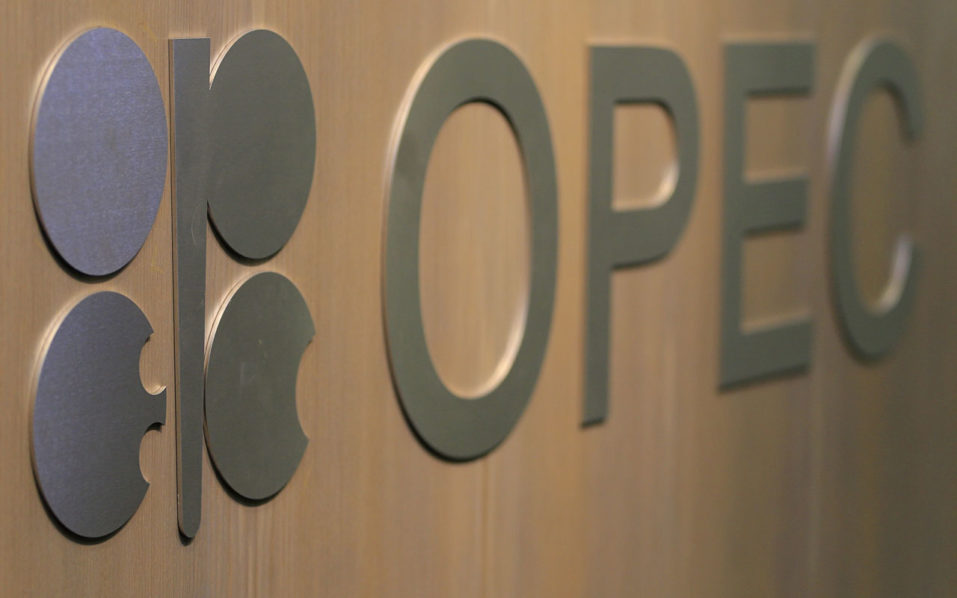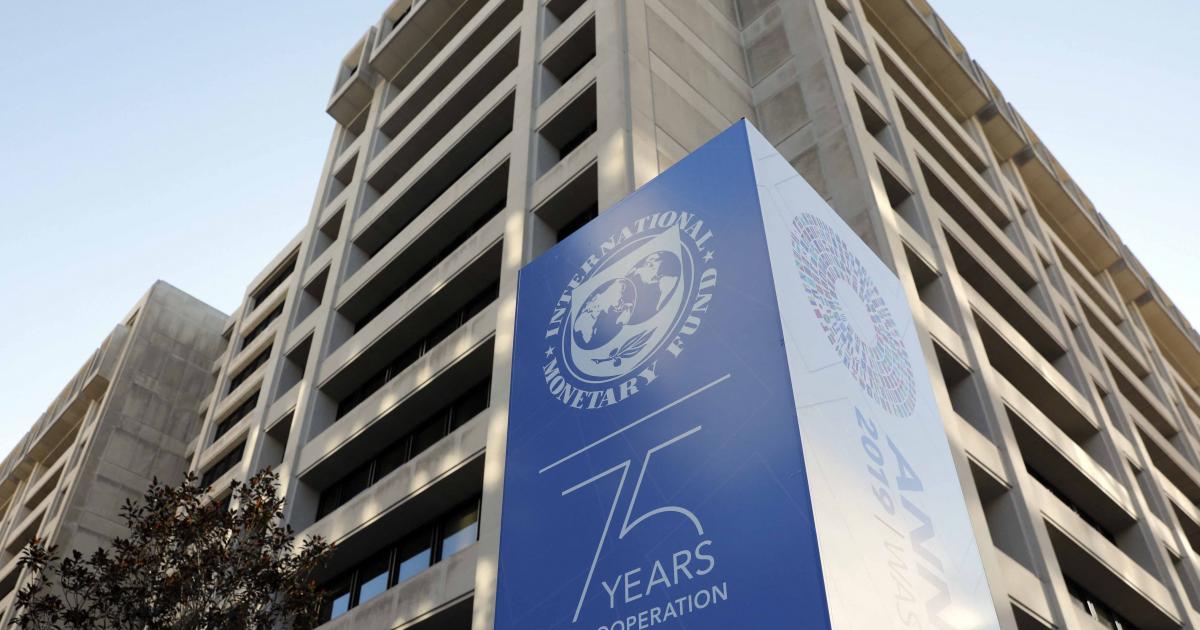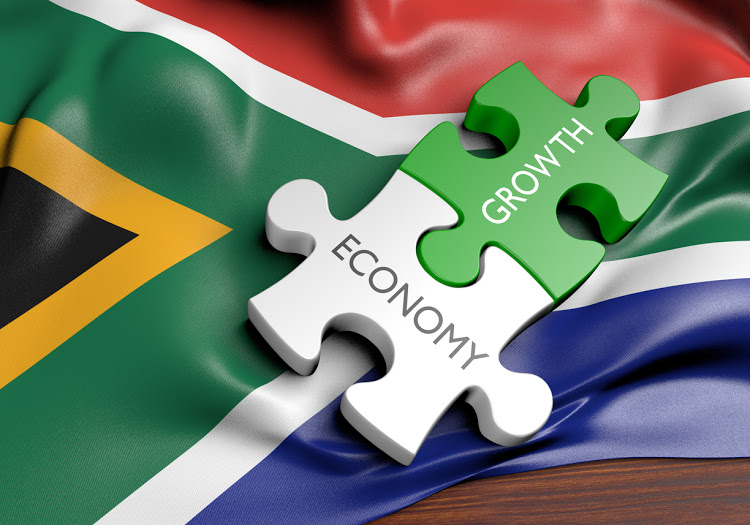- Nigeria Gains $22m From Bonny Light Crude in December
The price of Nigeria’s Bonny Light crude oil was the second highest in December among members of the Organisation of the Petroleum Exporting Counties (OPEC), rising from $42.20 in November to $53.91 per barrel.
This means the country gained about $11.71 per barrel in December. Nigeria therefore, may have added $22 million to its foreign exchange earnings when multiplied by current production of 1.9 million barrels per day in December.
The gain also boosts Nigeria’s capacity to fund its N7.3 trillion 2017 budget, and if the gains continue, may reduce the dependence on external borrowings to fund the budget and other development projects.
Besides, the World Bank expects oil prices to average $55/barrel in 2017, an increase of 29 per cent above the 2016 average price.Also, Global crude oil balances is expected to tighten through 2018, the United States Energy Information Administration (EIA) said last week in a statement.
Analysis from OPEC reference basket revealed Abu Dhabi’s Murban crude oil as the only blend ahead of Bonny Light at the international market in December.
Giving a full year analysis of the price movement, OPEC said the light sweet crude from West and North Africa’s Basket components, Saharan Blend, Es Sider, Girassol, Bonny Light and Gabon’s Rabi, gained $8.53, or 19.1 per cent, to $53.10 during the month under review.
Speaking on rebalancing the oil market, the Secretary-Generals of OPEC, Muhammad Barkindo, said it is essential that all producers, both OPEC and non- OPEC, take coordinated action to return stability to the market.
“This is not only vital for the short term, but the long term too, as our industry looks to fund investment in new exploration and production, arrest decline rates in existing fields, expand midstream and downstream capacity, and hire, train and support the people that will continue to drive this industry forward in the years ahead.”
Meanwhile, the World Bank said in its Commodity Markets Outlook for 2017 released last Wednesday, that the increase largely reflects partial compliance to the recent agreement between OPEC and non-OPEC producers.
According to World Bank, the market is expected to tighten in 2017, particularly in the second half of the year, which would reduce the large stock overhang.
It added that onshore U.S. lower-48 states oil production, including shale, is projected to bottom out in the second quarter of 2017, and rise moderately thereafter.
The Bank noted that prices may increase to $60 barrels in 2018, assuming a balanced market and no additional OPEC supply restraint.It stated: “Crude oil prices jumped 10 per cent in the fourth quarter, averaging $49.1 barrels, following agreements by both OPEC and non-OPEC producers to reduce output by nearly 1.8 million barrels per day in the first half of 2017.
“The oil market continues to rebalance amid steady demand growth, while sharply lower in- vestment in non-OPEC countries has led to lower production, notably in the U.S. shale oil sector.”
Also, the EIA estimates that crude oil and other liquids inventories grew by two million barrels per day (bpd) in the fourth quarter of 2016, driven by an increase in production and a significant, but seasonal, drop in consumption.
Global production and consumption are both projected to increase through 2018, but consumption is expected to increase at a faster rate than production. As a result, global balances are expected to tighten.
The EIA noted that the production increase in the fourth quarter of 2016 largely reflects members of OPEC ramping up production in advance of implementing the November agreement on production cuts.
Nigeria’s Petroleum Resources Minister, Dr Ibe Kachikwu, had expressed optimism that the price of crude would rise to a level that is neither too high nor too low.
He said although crude oil appears to have fallen into bad times because of prevailing low price and the campaign against the use of fossil fuels for environmental reasons, the product would soon rise up to take its place as the prime global energy source.

 Forex2 weeks ago
Forex2 weeks ago


 Naira2 weeks ago
Naira2 weeks ago
 Naira4 weeks ago
Naira4 weeks ago
 Company News4 weeks ago
Company News4 weeks ago
 Billionaire Watch1 week ago
Billionaire Watch1 week ago




 Naira2 weeks ago
Naira2 weeks ago




 Naira4 weeks ago
Naira4 weeks ago




 Naira1 week ago
Naira1 week ago






















